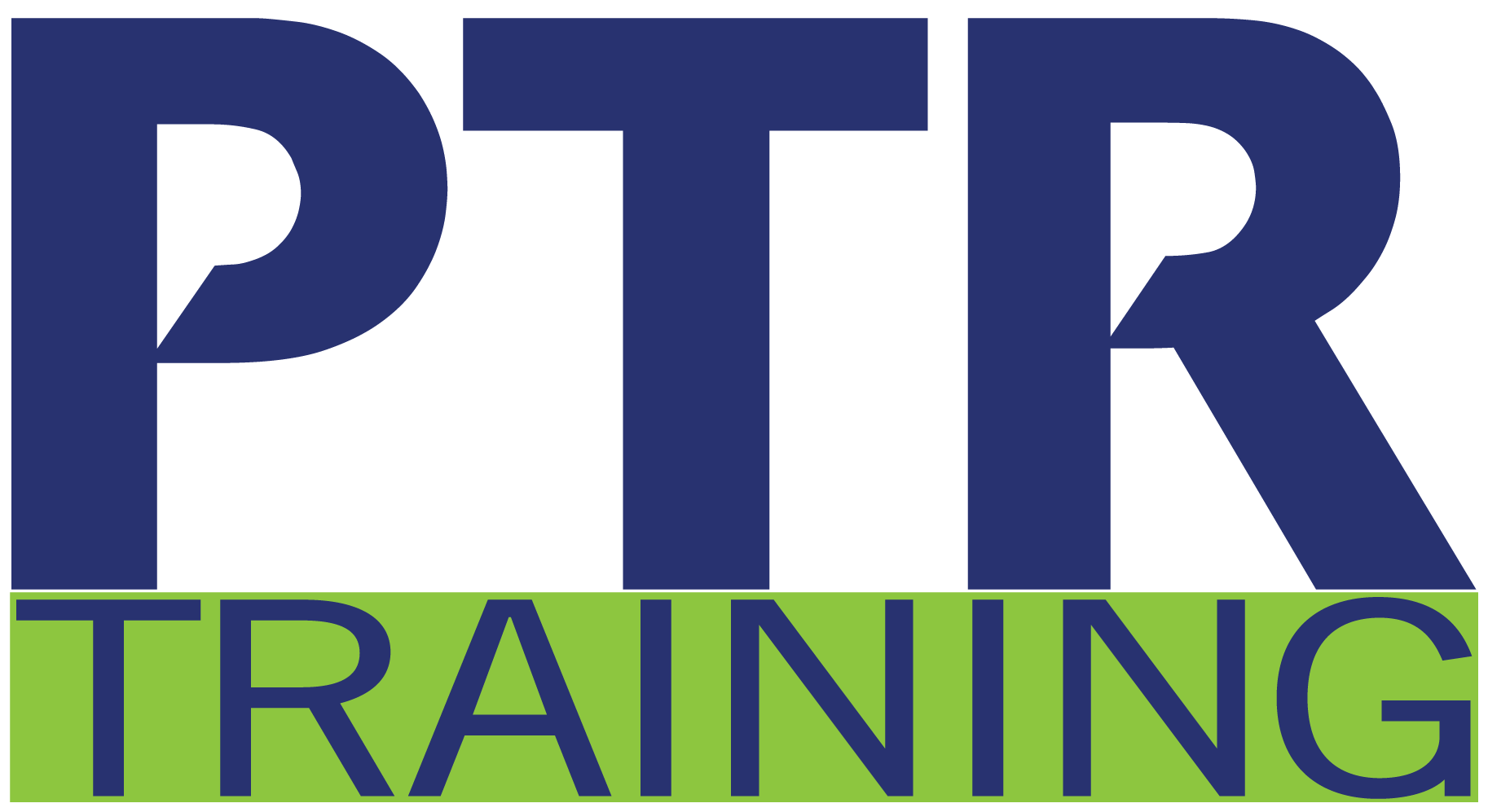Training Format → Live Virtual (2-Day): 4 hrs./day | In-Person (2-Day): 6 hrs./day
Microsoft Power BI connects a wide range of data sources, enabling users to create visualizations quickly. You will learn to create compelling and interactive worksheets, dashboards, and stories that bring data to life and turn data into thoughtful action.
Learning Objectives »
- Learn to solve analytical problems.
- Work with different types of data.
- Apply data visualization techniques.
- Make effective business decisions and improve ROI.
- Utilize data charts, graphs, and tools for analytics.
- Create an analytics adoption framework.
- Identify trends in data analytics.
Data Analytics Overview
- The Importance of Data Analytics
- The Impact of Accounting
- Types of Data Analytics
- The Benefits of Data Analytics
Types of Data
- Qualitative and Quantitative Data
- Data Levels of Measurement
- Normal Distribution of Data
- Statistical Parameters
Data Visualization
- Understanding Data Visualization
- Commonly Used Visualizations
- Frequency Distribution Plot
- Swarm Plot
- Data Visualization Tools
- Languages and Libraries
- Dashboard Based Visualization
- BI and Visualization Trends
Data Science and Machine Learning
- The Data Science Domain
- Machine Learning
- Data Science and Business Strategy
- Data Science Methodology
- Business and Analytic Approach
- Requirements and Collection
- Understanding and Preparation
- Modeling, Evaluation, and Deployment
Analytics Framework and Trends
- Customer Analytics Framework
- Data Understanding and Preparation
- Modeling and Monitoring
- Latest Trends
- Graph Analytics
- Automated Machine Learning
- Open Source AI


